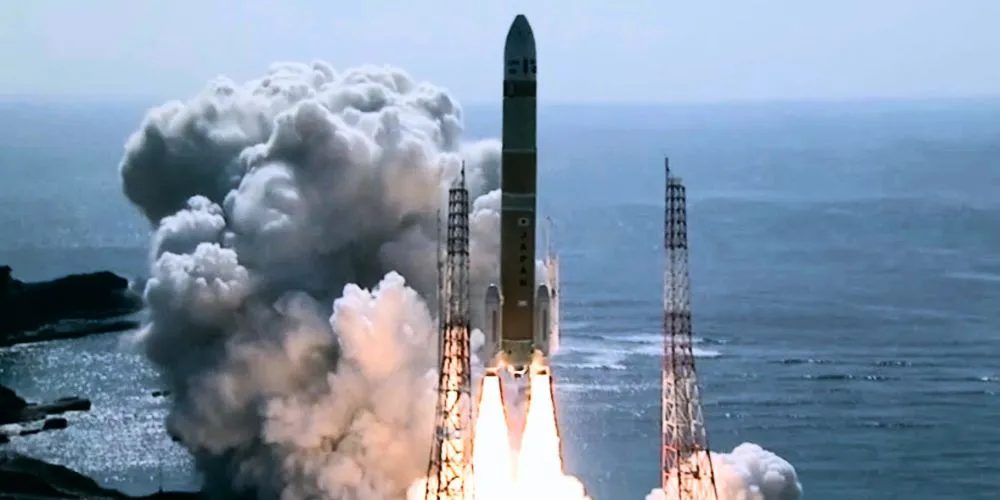Key Points:
- Japan successfully launches the H3 flagship rocket, marking a significant milestone for its space program.
- H3 rocket aims to replace aging H-IIA and reduce per-launch costs, attracting global clients for future launch orders.
- The Japanese government plans to launch 20 satellites and probes by 2030 using H3 rockets.
- Mitsubishi Heavy Industries aims to increase rocket launch capacity to meet growing demand.
Japan achieved a significant milestone on February 17 with the successful launch of its new H3 flagship rocket, marking a crucial step forward for its space program. The launch, after setbacks including a failed inaugural flight in 2023, demonstrates Japan’s commitment to revitalizing its space exploration efforts.
The successful deployment of the H3 rocket, which lifted off from the Tanegashima Space Center in southern Japan, signifies a second consecutive triumph for the Japan Aerospace Exploration Agency (JAXA). It follows the recent achievement of the Moon lander, Slim, which made Japan the fifth country to land a spacecraft on the moon.
The H3 rocket’s mission involved releasing a microsatellite and a dummy satellite during its nearly two-hour flight. The successful launch was met with jubilation among scientists and engineers at the Tanegashima Space Center, marking a significant moment in Japan’s space exploration journey.
The H3 rocket, designed to replace the aging H-IIA, aims to enhance Japan’s independent access to space, with plans to reduce per-launch costs and attract global clients; JAXA and primary contractor Mitsubishi Heavy Industries are banking on the H3’s capabilities to secure future launch orders.
Prime Minister Fumio Kishida expressed pride in Japan’s achievements in space, highlighting the success of the Slim moon landing and the recent H3 launch. The Japanese government has ambitious plans to launch approximately 20 satellites and probes using the H3 rocket by 2030, further solidifying its presence in space exploration.
The successful launch of the H3 rocket comes amid a surge in satellite launch demands, driven by the emergence of affordable commercial vehicles like SpaceX’s Falcon 9. With new rockets such as the Vulcan and Ariane 6 also entering the market, competition is intensifying in the space launch sector.
The H3, 63 meters (297 ft), aims to transport a 6.5 metric ton payload. Long-term plans entail slashing per-launch expenses to ¥5 billion ($33 million), halving the cost of an H-IIA launch. This involves implementing streamlined designs and utilizing automotive-grade electronics for enhanced affordability.
Mitsubishi Heavy Industries aims to increase its rocket launch capacity to meet growing demand, with plans to launch eight to ten rockets annually. This expansion would significantly boost the company’s space business sales and further contribute to Japan’s space exploration ambitions.












